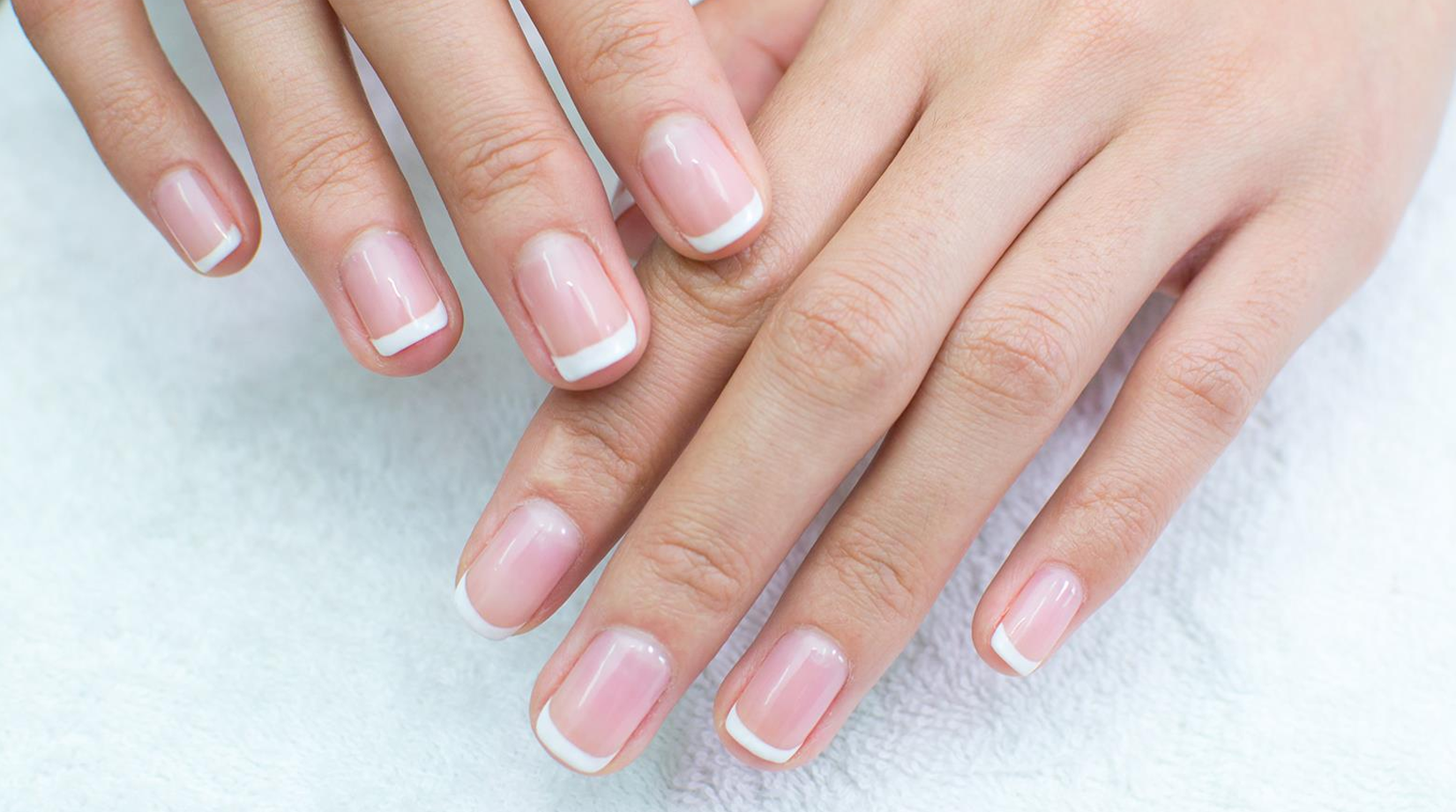
Nail changes are the abnormalities or problems that occur with the color, shape, texture, or thickness of the fingernails or toenails. These can occur from a variety of reasons varying from
- Injuries to the fingers,
- Nail disorders like viral warts and infections,
- Medications like those used for chemotherapy
- Discoloration of the Nails: like dark streaks, white streaks, or even nail color changes
- Change of Shape of Nails: Curling or clubbing
- Changes in Thickness of the Nails: either thickening or thinning of the nails
- Brittle Nails
- Pitted Nails
- Bleeding occurring around the nails
- Swelling or redness found around the nails
- Pain found around the nails
- Separation of the nail from the skin
- Illnesses like measles, mumps, and scarlet fever that brings a high fever
- Peripheral Vascular disease
- Pneumonia
- Uncontrolled Diabetes
- Zinc Deficiency
- Injury to the nail
- Eczema
- Chemotherapy
- A sign of malnourishment Clubbing is the condition where the nails thicken and then curve around the fingertips. This process might take years and is usually can the result of low oxygen in the blood and also can be associated with:
- Cardiovascular diseases
- Inflammatory Bowel Disease
- Liver Diseases
- Pulmonary Diseases
- AIDS
- Iron Deficiency Anemia
- Heart Disease
- Hemochromatosis, a disorder of the liver causing abnormal absorption of iron from food
- Lupus Erythematosus, an autoimmune disease causing inflammation
- Hypothyroidism
- Raynaud’s Disease limits the circulation of blood
- Please try no to bite, pick, or tear at your nails
- Keep hangnails clipped.
- It is recommended to wear shoes that do not squeeze the toes together
- Always cut the toenails straight across along the top.
- Keeping the nails short and not using nail polish will help prevent brittle nails.
- Use skin softening cream after washing or bathing.
- Keep your nails dry and clean.
- If there was an injury to the nail?
- If the nail was exposed to moisture?
- If you are constantly picking at your nails?
- X-rays
- Blood tests
- Laboratory examination of either part of the nail or the nail matrix.
-
Nail disorders comprise nearly 10% of all dermatological conditions and are found to affect a high percentage of the elderly. Various changes and disorders are seen in the aging nail, many of which are extremely painful, affecting stability, ambulation and other functions.
The prevention of these conditions requires periodic cutting of the nails and appropriate medical care.
SymptomsPatients with the following symptoms are advised to visit their doctor as these could be occurring due to certain medical conditions.
Beau Lines are depressions that appear across the fingernails. Some of the condition that causes these lines are:
It is recommended that you visit the doctor if you notice any of the symptoms listed earlier. The dermatologist will conduct a physical examination of your nails to diagnose the type of nail abnormalities. The doctor will then as the following questions:
The doctor might also recommend the following diagnostic tests to confirm the diagnosis:


